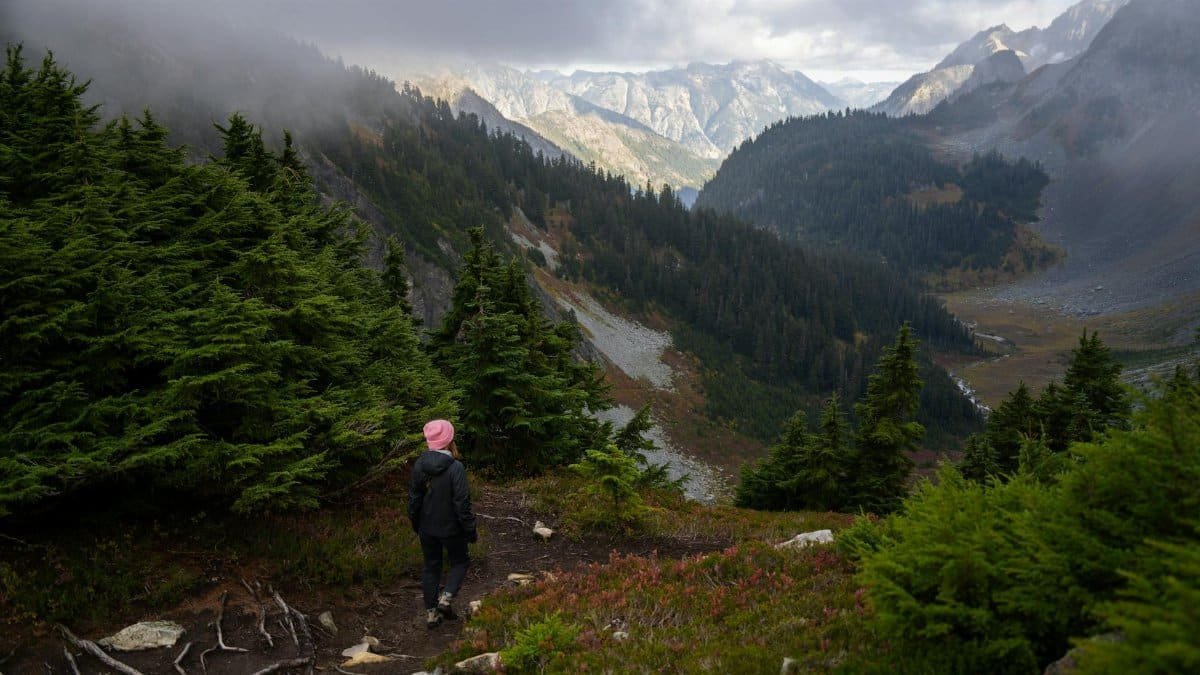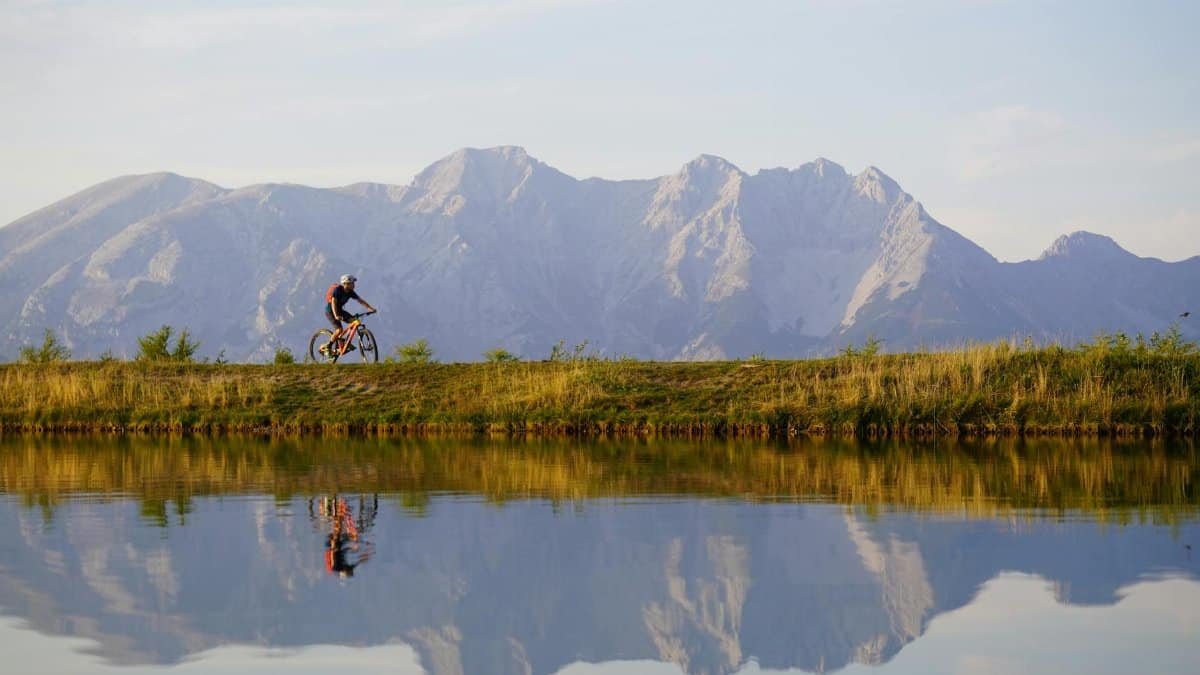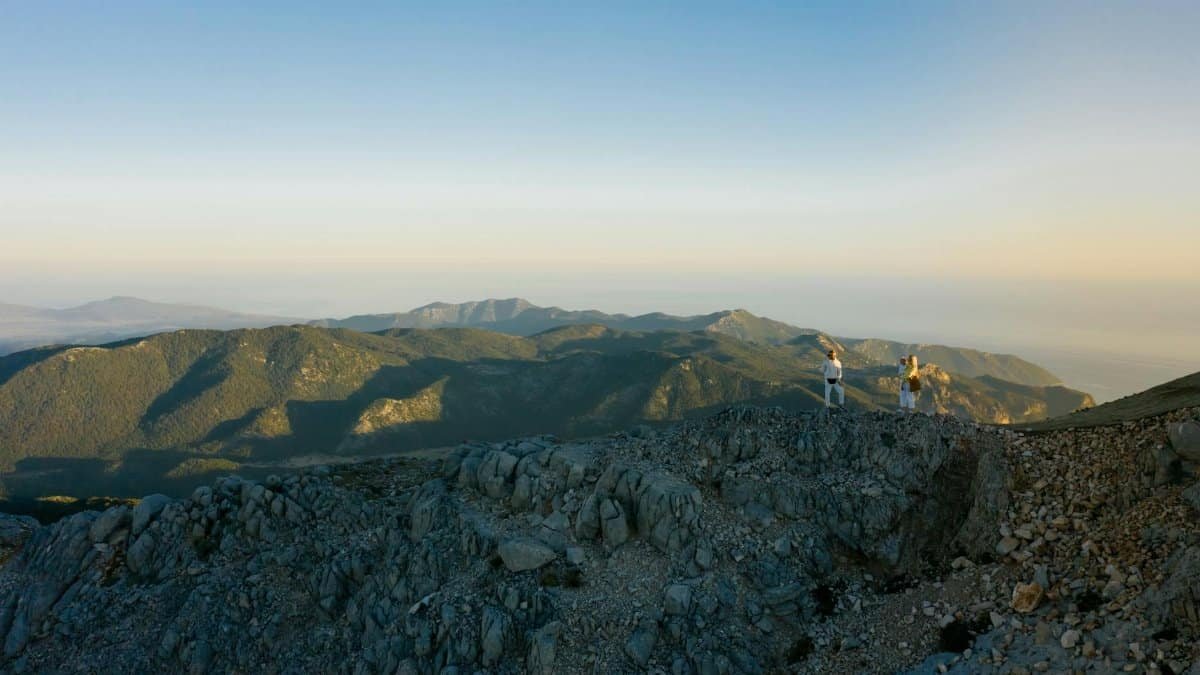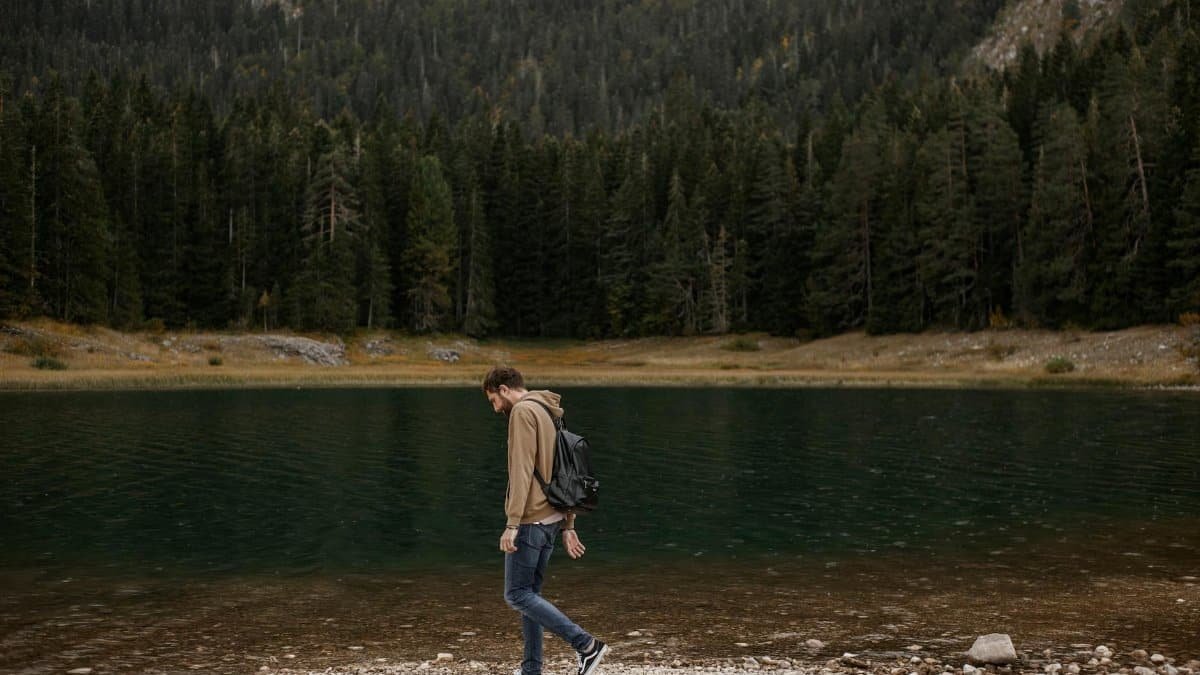A recent study from the American Heart Association revealed that 68% of Americans over 40 report elevated stress levels impacting their cardiovascular health, a figure that’s climbed steadily since the pandemic. Amid this backdrop, emerging mountain meditate data offers a glimmer of hope. Researchers tracking amateur climbers during guided walking meditations in the Rockies found average heart rates dropping by up to 15 beats per minute. This isn’t just numbers on a page; it’s a tangible shift toward calmer living in our high-pressure world. As more middle-aged adventurers seek ways to blend physical activity with mindfulness, these findings underscore a growing trend: nature-based practices that deliver real physiological benefits without the need for intense workouts or pricey gear.
The Science Behind the Slowdown

Delving into the mechanics, it’s fascinating how something as simple as mindful steps on a trail can influence the body’s stress response. The study, conducted by physiologists at the University of Colorado, monitored participants’ vital signs during ascents. They noted that focused breathing and present-moment awareness triggered the parasympathetic nervous system, essentially putting the brakes on the fight-or-flight mode that plagues so many of us. One climber, a 52-year-old accountant from Denver, described the experience as “like flipping a switch—my racing thoughts just eased into the rhythm of my footsteps.” This aligns with broader research on meditation’s effects, but the mountain element adds a unique twist, amplifying the benefits through elevation and fresh air.
What’s more, the data showed consistency across varying fitness levels. Even those new to hiking saw reductions in heart rate variability, a key indicator of stress resilience. It’s not magic; it’s biology at work, rewiring how we respond to everyday pressures.
From Trails to Everyday Tranquility

Imagine swapping your morning commute for a serene uphill path— that’s the promise embedded in this mountain meditate data. Practitioners aren’t just lowering heart rates; they’re building habits that spill over into daily life. A group of weekend warriors in the Appalachians shared stories of carrying that meditative calm back to their desks, facing deadlines with a steadier pulse.
Experts suggest starting small: a 20-minute walk with intentional pauses to notice the surroundings. This approach democratizes wellness, making it accessible for those who might balk at traditional yoga studios. Yet, it’s not without hurdles—uneven terrain demands caution, especially for older adults navigating joint issues.
Still, the ripple effects are profound. One anonymous account from an online forum captured it well: feeling “grounded enough to handle family chaos without my blood pressure spiking.” Such snapshots highlight how these practices foster long-term emotional resilience.
Comparing Urban vs. Natural Settings

Not all meditations are created equal, and location plays a starring role. Urban mindfulness sessions, while convenient, often fall short compared to those in mountainous environments. The mountain meditate data points to why: exposure to natural vistas and thinner air seems to deepen the relaxation response, leading to more pronounced heart rate drops.
Think about it—a park bench in Manhattan versus a ridge in the Sierra Nevada. The former might offer a quick breather, but the latter immerses you in sensory details that urban noise drowns out. Researchers from NCBI’s environmental health studies have long noted how green spaces reduce cortisol levels, but this new data elevates the conversation to high-altitude specifics.
Of course, not everyone lives near peaks. That’s where adaptations come in, like visualizing mountain scenes during indoor sessions. But for those who can access trails, the evidence is compelling: nature amplifies the meditative payoff.
Challenges for Amateur Enthusiasts

Enthusiasm for mountain walking meditation is surging, but so are the pitfalls. Many newcomers underestimate the physical demands, leading to fatigue that undermines the mindfulness goal. The data reveals a common pattern: initial heart rate spikes from exertion, followed by a gradual decline as meditation takes hold. It’s a reminder that preparation matters—building stamina through flat walks first can smooth the transition.
Weather poses another wrinkle. A sudden rainstorm in the Cascades turned one group’s session into a soggy scramble, spiking stress instead of easing it. Participants learned the hard way: check forecasts and pack layers. Then there’s the mental side—distractions from wildlife or fellow hikers can pull focus, requiring practice to stay centered.
Despite these, the rewards outweigh the risks for most. As one middle-aged hiker put it, “The challenges make the calm that follows even sweeter.”
Integrating Data into Wellness Routines

How do you turn raw mountain meditate data into actionable steps? Start by tracking your own metrics with affordable wearables. Apps syncing with devices like Fitbit can log heart rate changes during hikes, mirroring the study’s methods. This personalization empowers users to tweak their practice—perhaps extending breathing exercises on steeper inclines for maximum effect.
Beyond tech, community groups are popping up across the U.S., from Colorado’s guided tours to Vermont’s forested meetups. These foster accountability, turning solitary walks into shared journeys. A report from Pew Research on outdoor recreation trends notes a 12% uptick in nature-based activities since 2020, signaling broader adoption.
Yet, integration isn’t seamless. Busy schedules often sideline these routines, so experts recommend micro-sessions: even five minutes of mindful stepping in a local park can yield benefits, building toward full mountain outings.
The Broader Health Implications

Beyond individual heart rates, this mountain meditate data hints at societal shifts. With cardiovascular disease remaining the leading cause of death in the U.S., according to the CDC’s heart disease facts, interventions like this could play a preventive role. Imagine doctors prescribing trail meditations alongside statins—a holistic approach gaining traction in integrative medicine.
Studies from NIH’s wellness research support this, showing mindfulness reduces inflammation markers linked to heart issues. For middle-aged Americans juggling careers and family, it’s a low-barrier entry to better health.
There’s complexity here, though. Not all data accounts for variables like altitude sickness, which could skew results for sea-level dwellers. Still, the overarching message is clear: blending movement with meditation in nature offers a potent tool against modern ailments.
Voices from the Summit

Personal stories bring the data to life. Take Sarah, a 48-year-old teacher from Oregon, who joined a meditation hike after a stressful year. “My heart was pounding at the start,” she recalled, “but by the peak, I felt this profound quiet inside.” Her experience echoes the study’s findings, where participants reported not just lower pulses but enhanced mood and clarity.
Another angle comes from group dynamics. In a California cohort, shared silences during ascents built unexpected bonds, turning strangers into support networks. These narratives underscore the human element—data might quantify the drops, but stories reveal the transformation.
As we look to 2025, with wellness tourism booming, more such tales will likely emerge, inspiring a wave of mindful explorers.
Evolving Practices and Future Research

The field is young, but mountain meditate data is evolving rapidly. Early protocols focused on basic breathing, but newer iterations incorporate elements like gratitude journaling at viewpoints. This adaptability keeps the practice fresh, appealing to repeat participants.
Looking ahead, researchers are eyeing longitudinal studies to track long-term effects, such as sustained blood pressure reductions. Funding from organizations like the National Institutes of Health could expand this, potentially integrating it into public health campaigns.
Challenges remain, like ensuring inclusivity for diverse populations. Urban adaptations, using stairwells to simulate climbs, are one innovative response. Ultimately, as more data accumulates, these practices could redefine how we approach heart health in a sedentary age.
